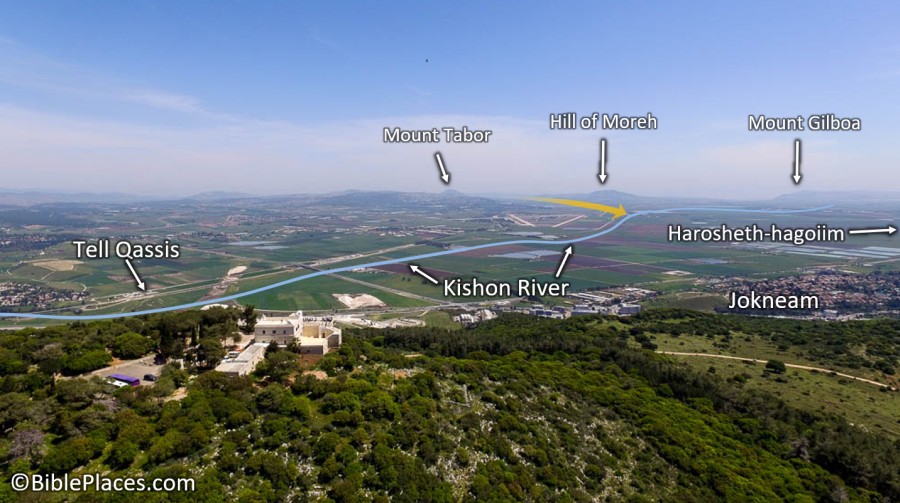And Yahweh sold them into the hand of Jabin king of Canaan, who reigned in Hazor (Judges 4:2).
Known in Joshua’s day as “the head of all those kingdoms,” the 200-acre (81-ha) tell of Hazor is the largest tell in Israel. At its height, in the Canaanite period, the city encompassed the entire tell, including both the lower and upper sections. When it was later inhabited by the Israelites, the fortified city included only the Upper City. Hazor sat along the route of the International Highway, and it is one of the few cities of antiquity noted in extrabiblical texts from Egypt, Israel, and Mesopotamia.






